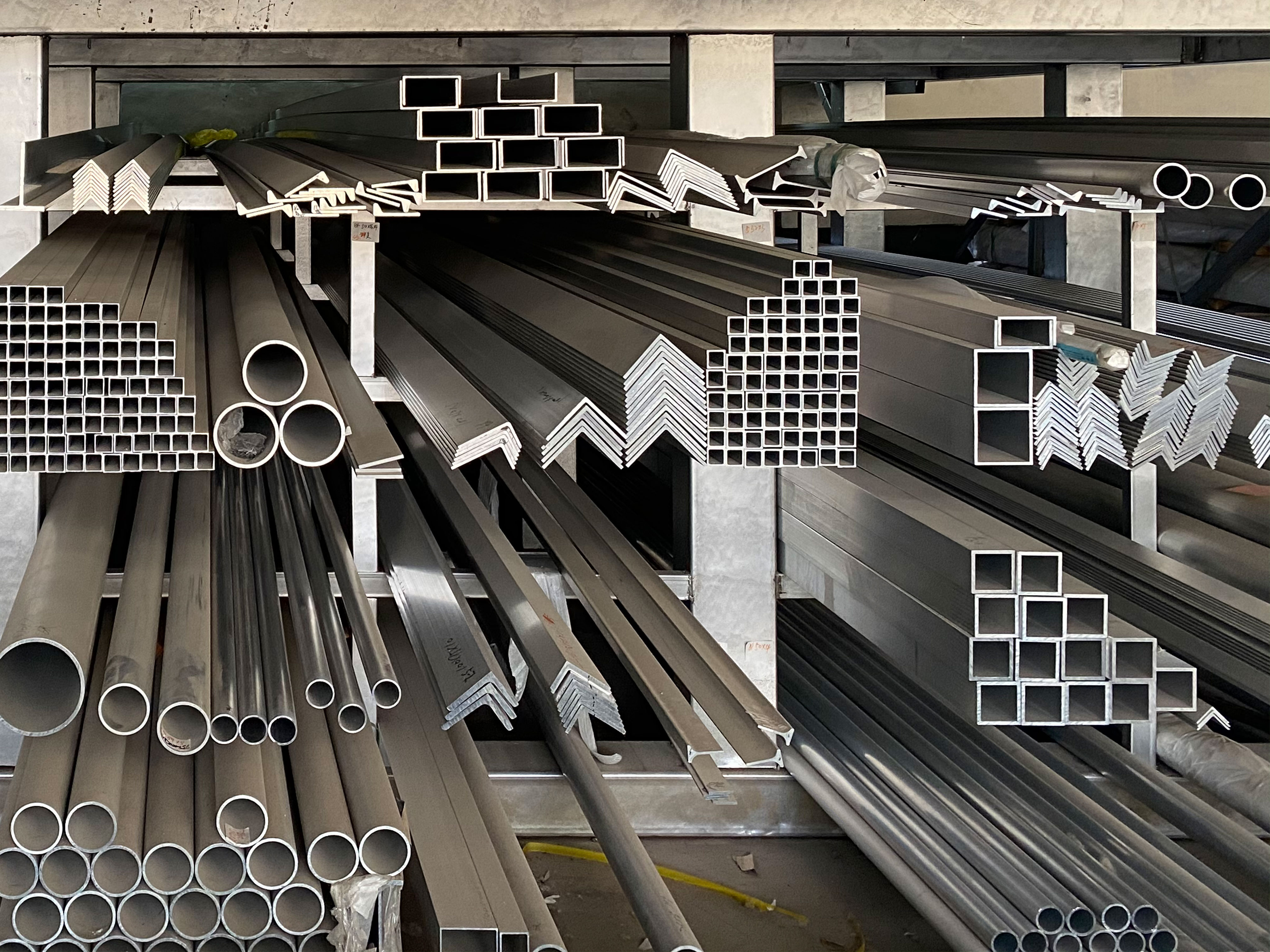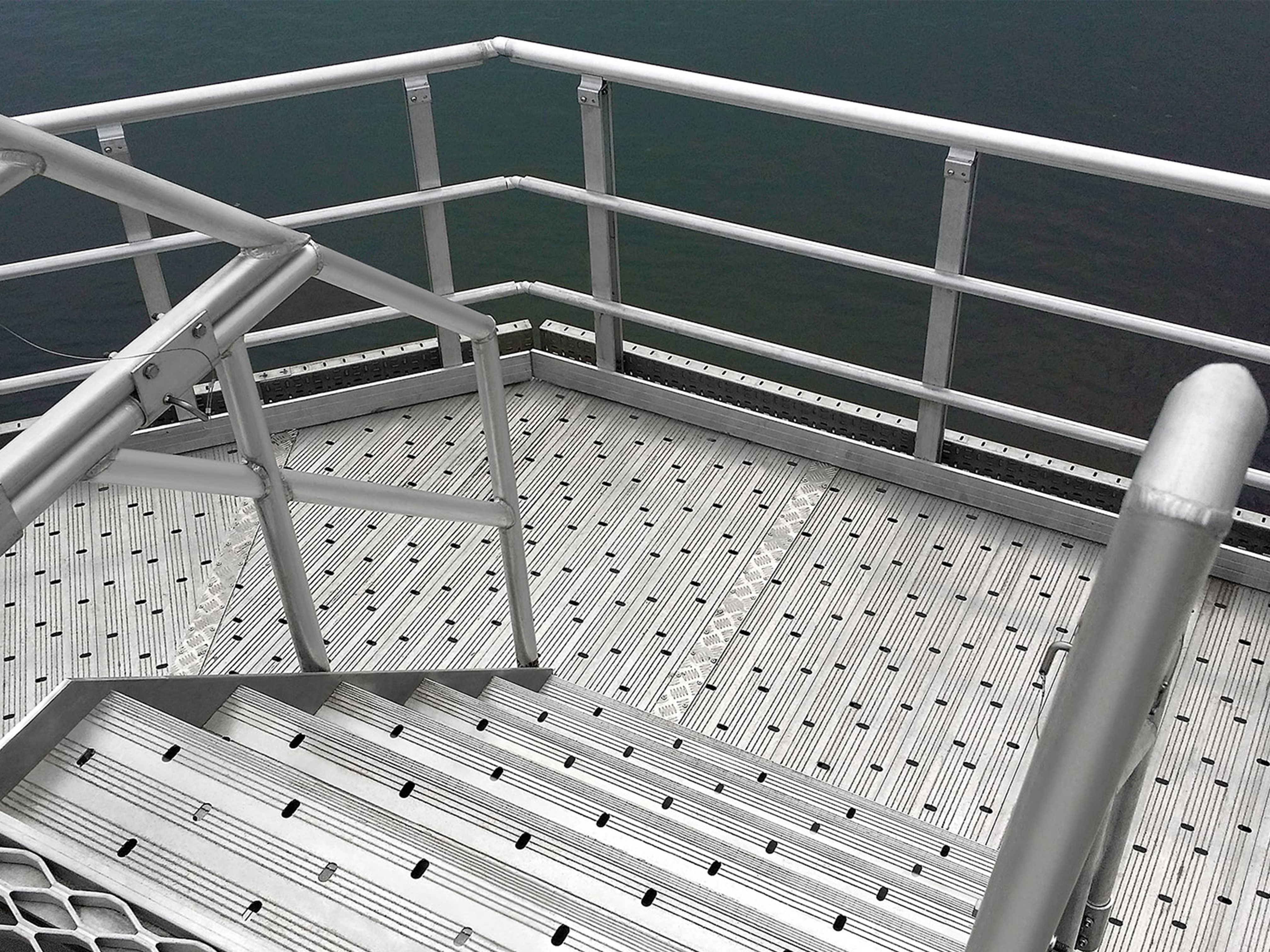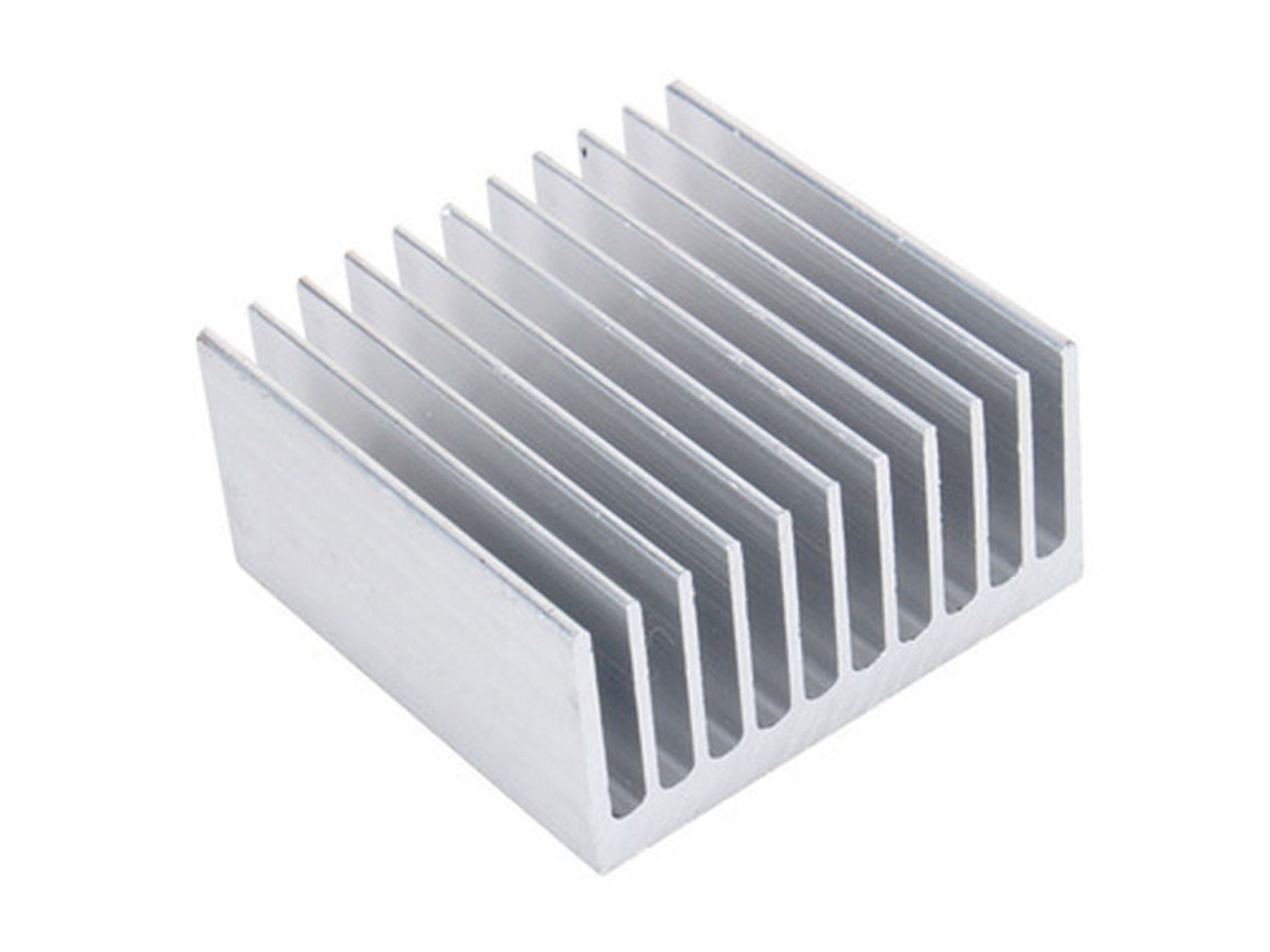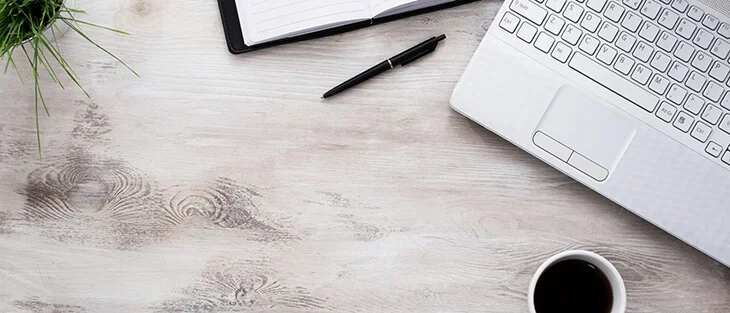5083 Marine Aluminum Customized Shapes for Saltwater Resistant Boat Deck Frames
When it comes to boat deck frames that endure the relentless challenge of saltwater environments, the choice of materials is paramount. Among all options, 5083 marine aluminum customized shapes is know as the industry’s pinnacle solution for durability, corrosion resistance, and structural integrity.
Why 5083 Marine Aluminum for Boat Deck Frames?
Boat deck frames perform a critical job—they carry the vessel’s deck, bear dynamic loads, resist environmental degradation, and provide dimensional stability. Operating in saltwater environments means the frame material must exhibit:
- Exceptional corrosion resistance to salt spray, seawater immersion, and chloride ions.
- High mechanical strength-toughness balance.
- Excellent weldability for custom configurations.
- Formability for tailored, lightweight structural shapes.
Marine aluminum 5083 surpasses traditional metals in all these respects due to its unique aluminum-magnesium alloy composition.
Functional Attributes of 5083 Alloy in Marine Settings
5083 alloy’s core function is providing a solid but lightweight frame that withstands harsh saltwater corrosion without sacrificial coatings. Its magnesium content (typically 4.0% - 4.9%) promotes innate corrosion resistance. Often, other metals develop pitting or suffer galvanic corrosion in marine atmospheres—but 5083 is specifically engineered to prevent these failures over long marine exposures.
Furthermore, a typical seating or cockpit transverse frame requires strength without excessive mass to keep a boat’s stability and fuel consumption optimal. 5083, in the common temper H321, maintains plate strength in the 31,000 psi range (yield strength), combining a robust yet machinable frame solution.
Alloy Characteristics and Parameters
Here's a overzicht of chemical composition and mechanical properties which govern why 5083 stands apart:
| Element | Percentage Range (%) |
|---|---|
| Magnesium (Mg) | 4.0 - 4.9 |
| Manganese (Mn) | 0.4 - 1.0 |
| Chromium (Cr) | 0.05 - 0.25 |
| Iron (Fe) | ≤ 0.4 |
| Silicon (Si) | ≤ 0.4 |
| Copper (Cu) | ≤ 0.1 |
| Zinc (Zn) | ≤ 0.25 |
| Aluminium (Al) | Remainder |
Mechanical properties under temper H321 (strain hardened and stabilized):
| Property | Value (Imperial Units) | Value (Metric Units) |
|---|---|---|
| Tensile Strength | 38,000 psi | 262 MPa |
| Yield Strength | 31,000 psi | 214 MPa |
| Elongation | 13% (min) | 13% (min) |
| Density | 0.1 lb/in³ | 2.66 g/cm³ |
^ Note: Elastic modulus around 10 million psi (69 GPa).
Customized Shapes Fitting Precise Applications
Unlike standard plates or sheets, customized 5083 marine aluminum shapes foster optimized load transfer in deck frames through profiles like U-channels, T-beams, angle bars, or tailored extrusions. These machining innovations enable naval architects to reduce stress concentrations, allow easier assembly, and boost weight savings without compromising safety.
Processes such as CNC milling or precision extrusion ensure frames meet exact dimensional demands, fit retrofitting requirements, and allow enhanced integration into composite or hybrid boat hulls and decks.
Compliance with Marine Implementation Standards
Marine applications must consider internationally recognized material and fabrication standards to ensure fit-for-service utility and insurance compliance.
- ASTM B928 defines standards for 5083 aluminum alloy sheet and plate suitable for marine usage.
- ABS (American Bureau of Shipping) and DNV GL specify certifications guiding corrosion performance.
- Wärtsilä and ISO standards guide welding protocols and temper modifications tailored to marine welding constraints.
Choosing 5083 aluminum alloy maintains compliance with these demanding benchmarks, particularly its H321 temper variety aptly addresses operational stresses apparatus by achieving balance between hardness and ductility.
The Alloy Tempering Process Accounting for Durability
The ____ H321 temper designation stands for strain hardening and stabilization where 5083 alloy components are cold-worked (strain hardened) followed by low-temperature annealing to relieve excess stresses. This maneuver enhances resistance to quench distortion or weld residual stress artifacts—crucially preventing cracking or material deformation over time in dynamic aquatic environments.
Alternate tempers—like O (annealed) or H111—exist; however, H321 ensures greatest strengthmoisture-stress synergy crucial to fleet-survivable boat architectures under saltwater loads.
Related Products
Marine aluminum fencing and railings
Marine Grade Aluminum Fencing and Railings are fabricated using marine-grade aluminum alloys such as 5083, 5052, and 6061, which are engineered specifically for protection against saltwater corrosion and marine atmospheric conditions.
View DetailsMarine aluminum customized shapes
Marine Grade Aluminum Customized Shapes encompass a broad range of aluminum extrusions and fabrications engineered beyond standard profiles—such as channels, angles, tubes, and beams—into complex, project-specific geometries.
View DetailsMarine aluminum heat sink profile
Marine Grade Aluminum Heat Sink Profiles utilize alloys such as 6061 and 6063 that not only exhibit high thermal conductivity but also possess excellent corrosion resistance required for saltwater exposure.
View DetailsRelated Blog
5083 Marine Aluminum Customized Shapes for Saltwater Resistant Boat Deck Frames
When it comes to boat deck frames that endure the relentless challenge of saltwater environments, the choice of materials is paramount. Among all options.
View DetailsMarine Aluminum Fencing and Railings for Durable Boat Deck Guardrails
OverviewMarine aluminum fencing and railings are purpose-designed alloy systems used for guardrails, handrails, stanchions, and safety barriers on boats, docks, marinas, and waterfront properties.
View Details5083 Marine Aluminum Fencing and Railings for Custom Coastal Guardrails
5083 marine aluminum is a widely used alloy for coastal guardrails, fencing, and railings because it combines excellent corrosion resistance in seawater environments, strong mechanical properties, and good weldability.
View Details5083 Marine Aluminum Customized Shapes for Coastal Infrastructure Design and Build
When it comes to the demanding environments of coastal infrastructure design and build, 5083 Marine Aluminum continues to solidify its leadership with exceptional strength and corrosion resistance.
View Details5083 Marine Aluminum Customized Shapes for Offshore Vessel Deck Frame Reinforcements
When it comes to offshore vessel deck frame reinforcements, the choice of materials is critical for durability, strength, and corrosion resistance. Among the myriad of options.
View Details5083 Marine Aluminum Fencing and Railings for Coastal Marine Safety Solutions
When it comes to enhancing safety and durability along coastal infrastructure, selecting the right materials for fencing and railings is paramount. Among the most trusted choices is 5083 marine aluminum.
View Details











Leave a Message